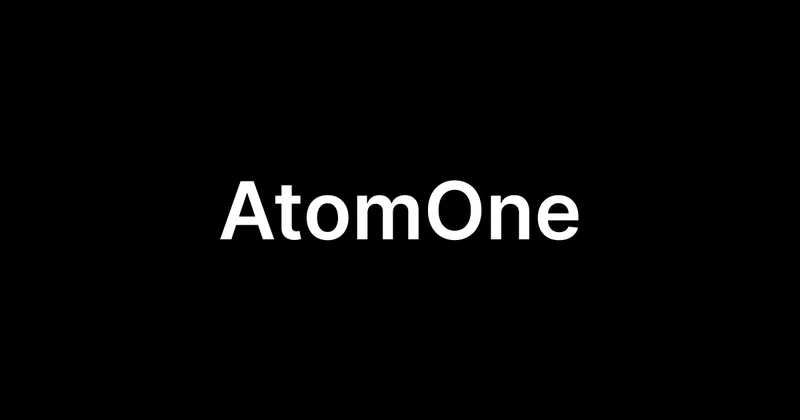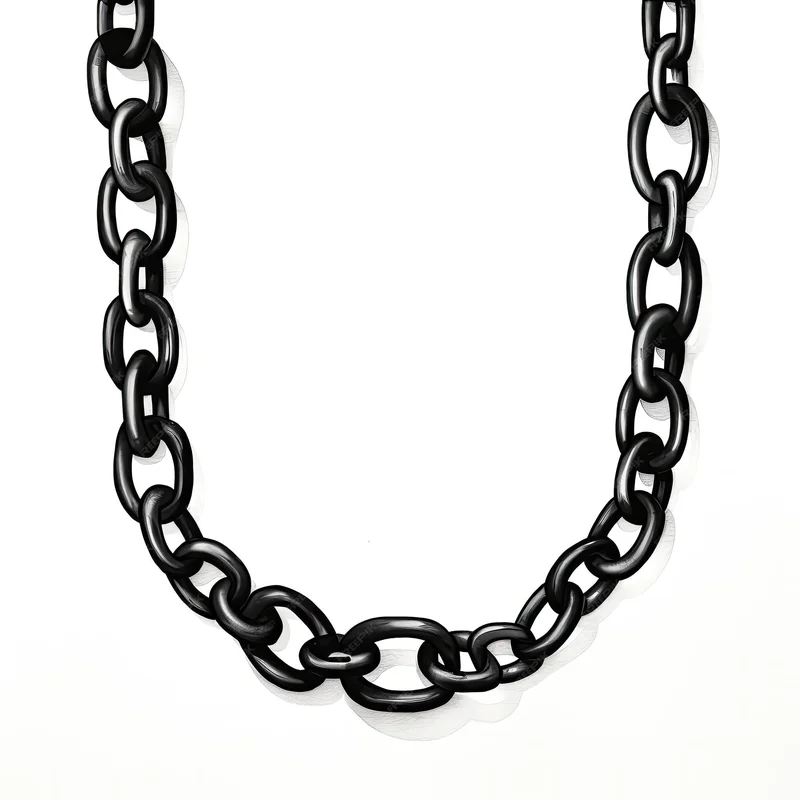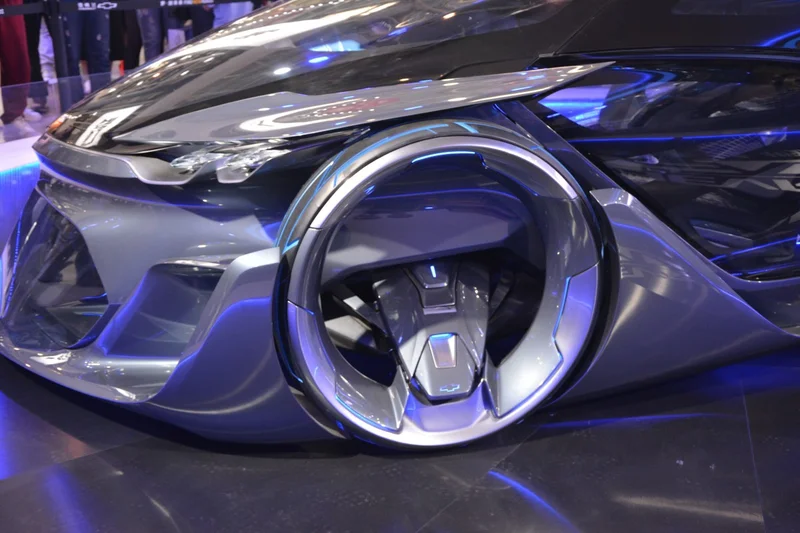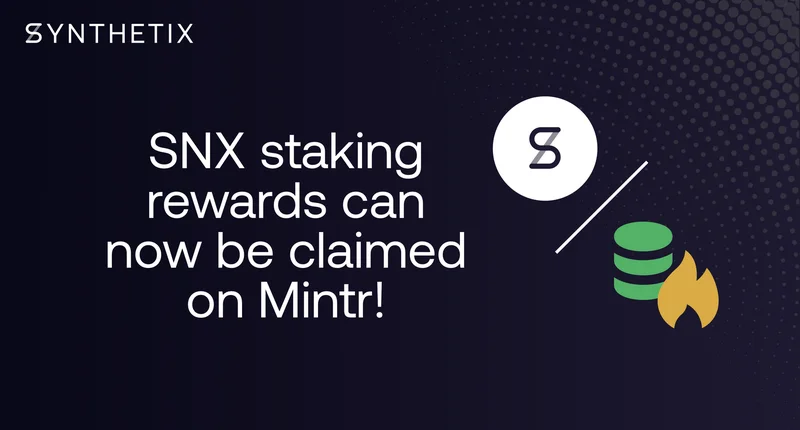The AtomOne Fork: An Analysis of the Co-Founder Split, the Controversy, and What the Data Shows
A search for the term "AtomOne" presents a clean, almost perfect, case study in technological divergence. On one side of the query, you find a marvel of German precision engineering: a broadcast camera smaller than a matchbox, designed to bring millions of viewers viscerally closer to the action. On the other, you find a contentious schism in the blockchain world, a "minimal fork" born from years of infighting, philosophical disputes, and a power struggle within the Cosmos ecosystem.
One is a story of focused innovation in the world of atoms. The other, a story of fractured governance in the world of bits. They share a name, but they could not represent more opposing trajectories of development. The collision of these two narratives in a single search term isn't just a coincidence; it's a signal.
A Governance Dispute with a 9.1% Price Tag
The Fork: A Rupture in Consensus
The AtomOne blockchain is not a product launch; it is the culmination of a long-simmering conflict. At its center is Jae Kwon, a co-founder of the Cosmos Hub, who has become increasingly estranged from the community he helped build. The precipitating event was Cosmos Hub proposal 848, a governance vote that, on its face, seems like a technical adjustment. It proposed capping the maximum inflation rate of the Hub's native ATOM token at 10%, down from a fluctuating rate near 14%.
The proposal passed, narrowly. Proponents argued that the network was overpaying for security, that high inflation was putting needless downward pressure on the ATOM token's price. Kwon’s opposition was fundamental. He argued that ATOM was never meant to be treated as money and that prioritizing its price over robust security incentives was a catastrophic error in judgment. "In the long run this is [a] game of survival," Kwon wrote, "and survival comes from strict adherence to first principles (of security especially)."
His inability to sway the vote appears to have been the final straw. The response was AtomOne, a planned fork of the Cosmos Hub. It’s being incubated by a precursor network, GovGen, designed to be a "forum to facilitate the forking and splitting of blockchains." The distribution of its native token is explicitly political: it will be allocated to ATOM holders who voted "no" on proposal 848, or who were assigned a "no" vote by their validator. Those who supported the change will receive fewer tokens.
The market’s immediate reaction was unambiguous. In the 24 hours after Kwon announced his breakaway, the price of ATOM fell about 9%—to be more exact, the data shows a 9.1% drop across most major exchanges. This is the numerical footprint of a community fracturing. It represents a tangible loss of value driven by a divergence of vision.
One Project Solves for Physics, the Other for Philosophy
The Lens: A Focus on Precision

Meanwhile, in an entirely different universe of engineering, Germany’s Dream Chip Technologies has been pursuing a singular, focused goal with its own AtomOne line. Their mission is to solve a physical problem: how to capture broadcast-quality video from impossible places.
The result is the AtomTwo, a camera that is, by any objective measure, an engineering triumph. The entire self-contained unit measures just 29mm by 29mm by 33mm and weighs 55 grams (a little under two ounces), including its lens and stereo microphone. It’s smaller than a standard matchbox yet delivers high dynamic range (HDR) video. Crucially, it uses a global shutter, which eliminates the distorting "jello" effect seen from rolling shutters when capturing fast motion. This isn't a trivial feature; for high-value sports broadcasting, it’s a necessity.
The development trajectory here is one of logical, market-driven iteration. The AtomTwo improves on the original AtomOne. Another model, the AtomOne Mini Zoom, adds remote zoom functionality to a slightly larger (60x80mm) but still miniature frame, allowing directors to reframe shots from a camera mounted on a race car dashboard or the corner of a goal net. They even partnered with Bradley Remote to add pan-tilt capabilities, creating one of the smallest PTZ cameras on the market.
Christian Kühn, a manager at Dream Chip, described the goal simply: "to bring audiences closer to the action and allow for the communication of excitement and emotion." The value proposition is clear, measurable, and physical. The camera’s success isn’t determined by a community vote on monetary policy, but by its ability to deliver a stable, high-quality image from a place no other camera can go.
This brings me to the core of the discrepancy. I've analyzed dozens of corporate splits and hostile takeovers, and the language used in the AtomOne fork's constitution—allocating fewer tokens to opponents—mirrors the punitive logic of a contested proxy battle, not a collaborative open-source project. It is an architecture of division. The camera, by contrast, is an architecture of integration. Its wide color gamut is specifically designed to be easily color-matched with larger, conventional cameras in a broadcast, ensuring a seamless cut for the viewer. One project is designed to split from its parent; the other is designed to plug into it.
The very metrics for success are worlds apart. For the AtomOne fork, success is an abstraction, a question of preserving a philosophical "first principle" of security, even at the cost of community cohesion and market value. For the AtomOne camera, success is concrete: resolution, weight, shutter type, and the quality of the image. The data is empirical, not ideological. We can debate the correct inflation rate for a proof-of-stake network endlessly. We cannot debate the weight of the AtomTwo camera. It is 55 grams.
This isn't a critique of decentralized governance itself, but a methodological one. The "data" driving the blockchain fork is a chaotic mix of social sentiment, financial speculation, and personality clashes. The data driving the camera's development is physics, optics, and client feedback. One process trends towards entropy; the other trends towards refinement.
A Study in Divergence
The ultimate punchline is that the shared name is an ironic accident, but the contrast it reveals is fundamental. One "AtomOne" is building a tool to solve a specific, physical problem for a paying market, generating clear, measurable value through iterative engineering. The other "AtomOne" is the byproduct of a philosophical war, an entity whose very genesis is rooted in a disagreement over the nature of value itself. It is a testament to the fact that technological progress is not a monolith. It can be a focused, disciplined march toward a clearer picture, or it can be a fractious, circular debate that ends in splitting the world in two.
Reference article source:
Related Articles
ChainOpera AI's Explosive Growth: The Secret Behind Its Success and What It Means for the Future
The Price of COAI Isn't the Story. The Revolution Is. Let’s be honest. You’re probably here because...
The Real Cost of Car Parts: A Data-Driven Breakdown of Online vs. Retail Pricing
An announcement crossed the wire on October 2nd. Renault has initiated the development of a new auto...
Pudgy Penguins: Unlocking Their Visionary Potential and the Exciting Ascent Ahead
The Roaring Return: Why Pudgy Penguins and Solana's New Guard Are Just Getting Started Friends, fell...
Synthetix's Big DEX Gamble: The Price Hype vs. The Cold Hard Truth
So, a million bucks. That’s the magic number, apparently. The cure-all for a platform that’s been bl...
Louis Tomlinson Announces 2026 World Tour: What We Know About the New Album, Tour, and One Direction Connections – What Reddit is Saying
I’ve been tracking disruptive systems for two decades, from the basements of MIT to the boardrooms o...
Juan Gabriel's Immortal Voice: What a Posthumous Album Proves About the "Is He Alive?" Theories
When you first hear it, the feeling is uncanny. A voice you thought was silenced forever, singing a...





